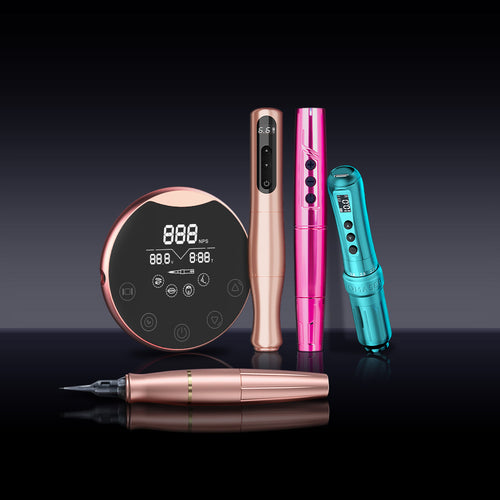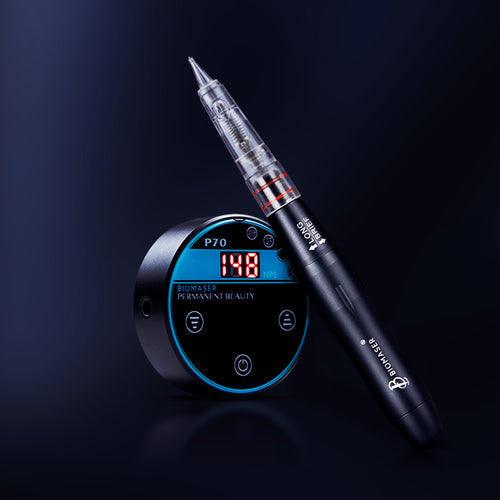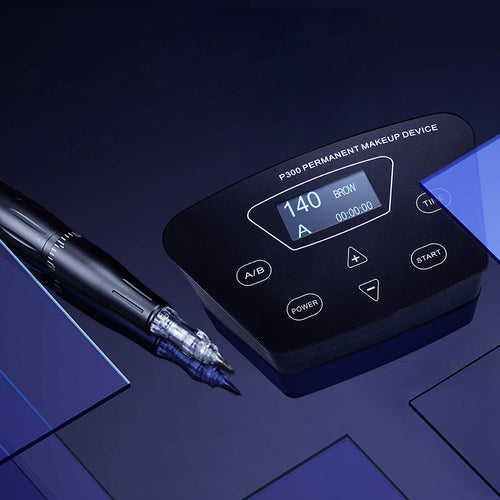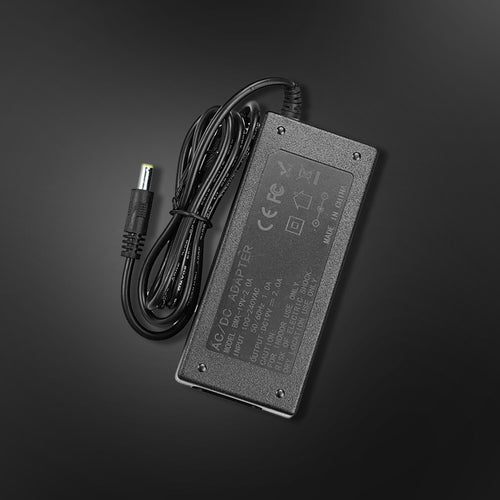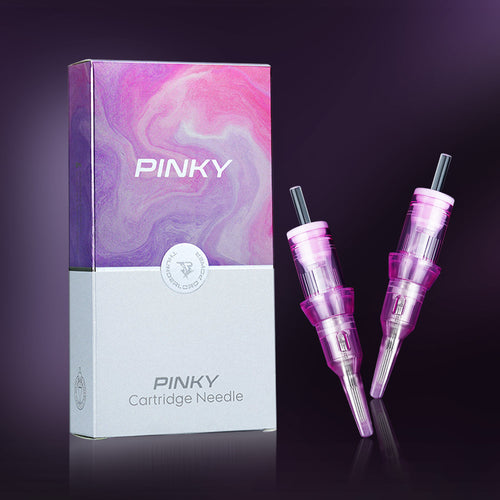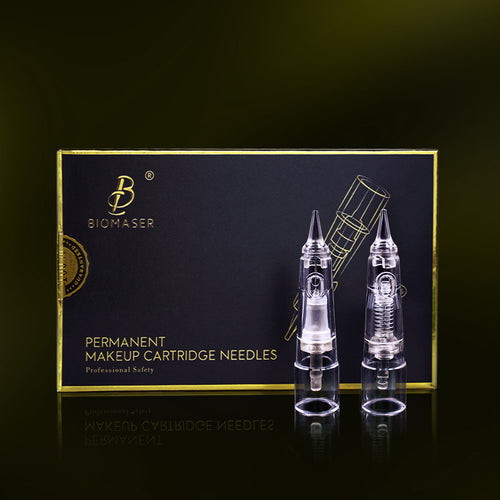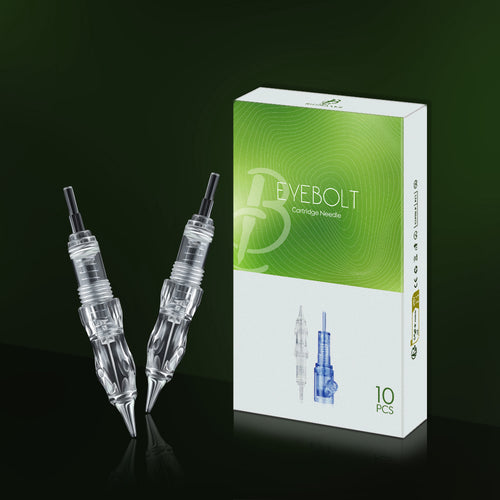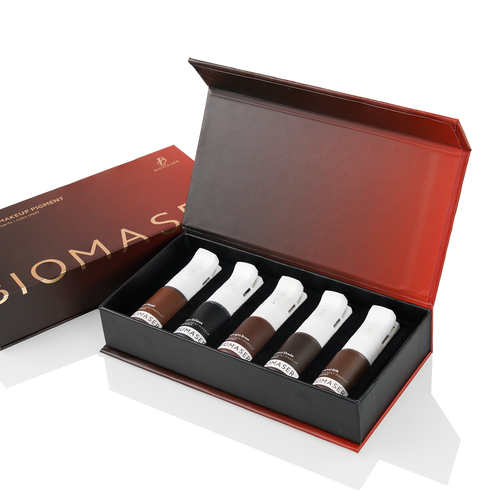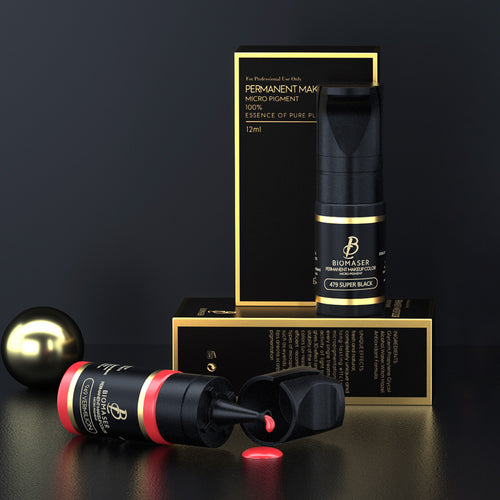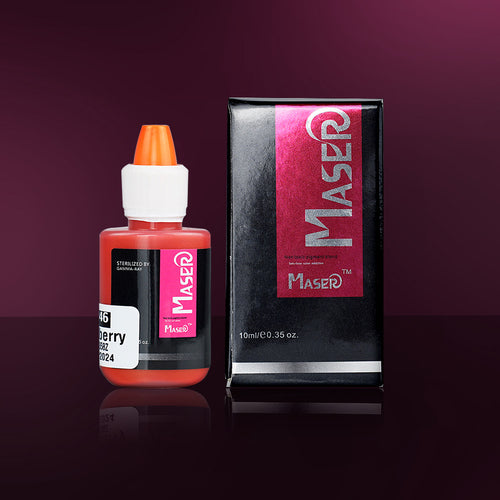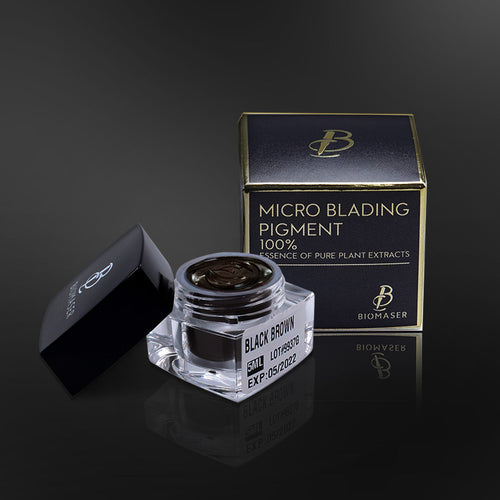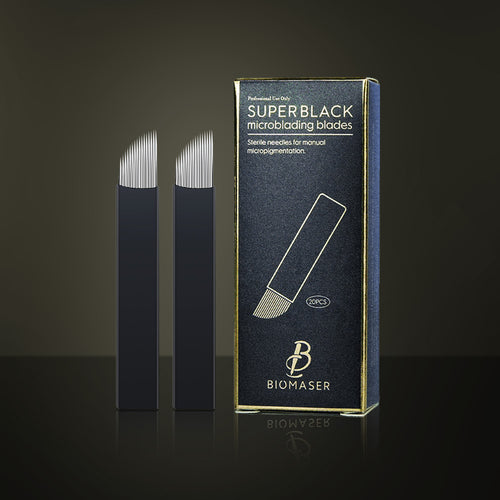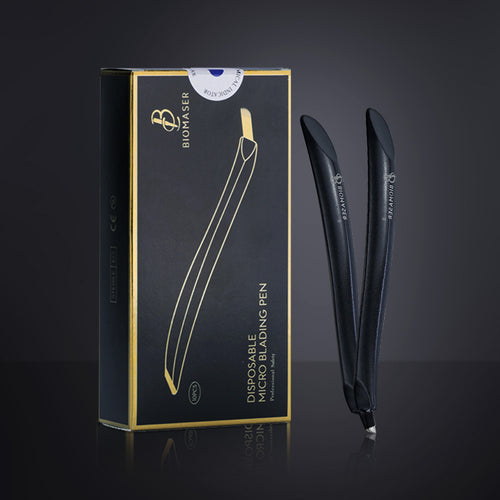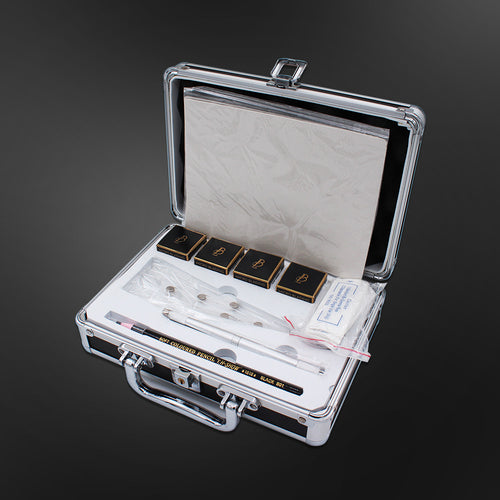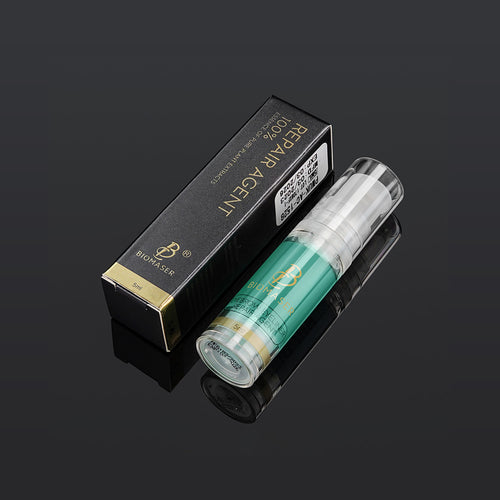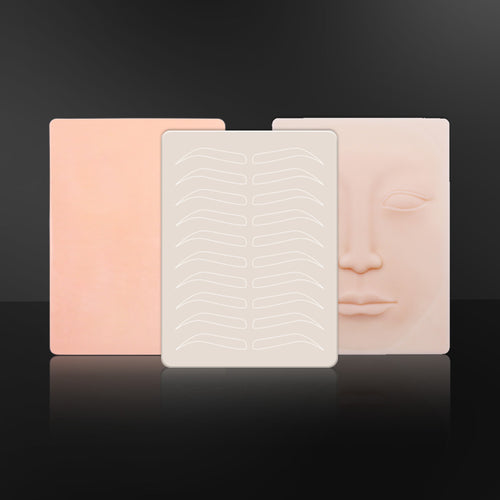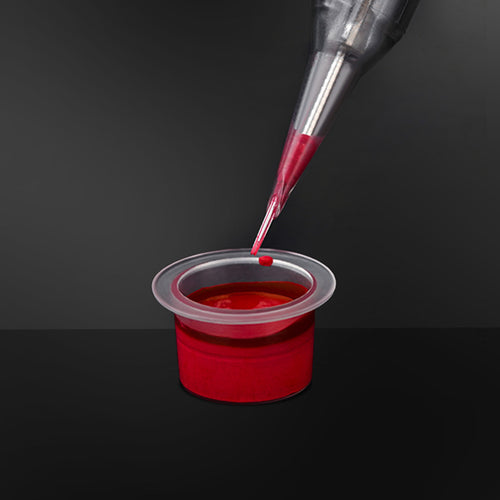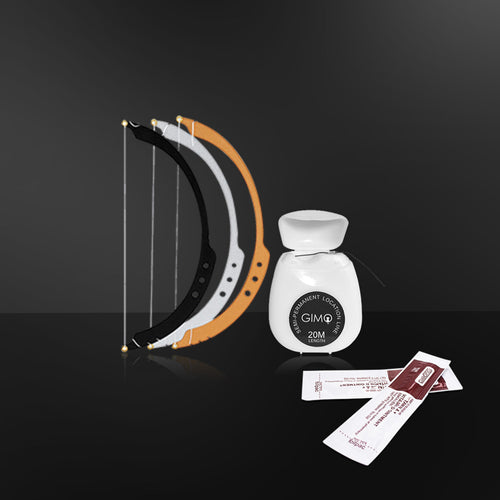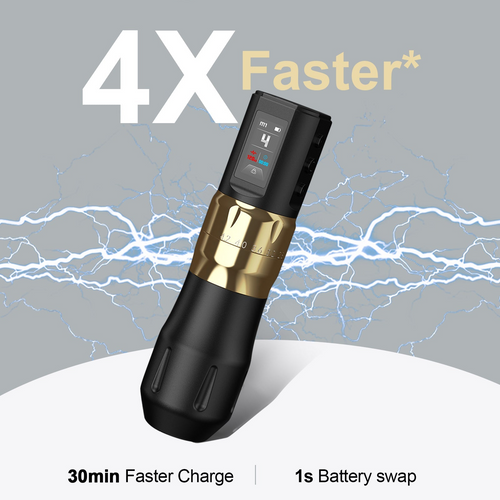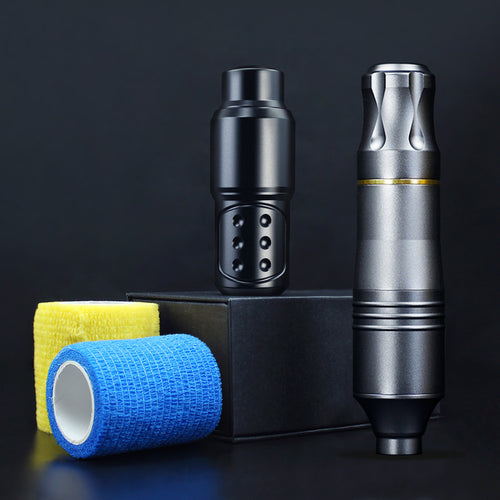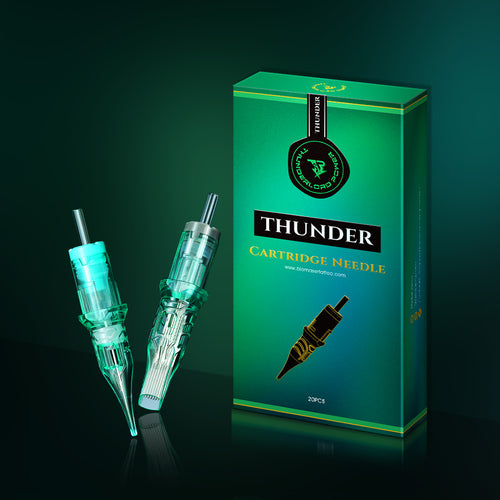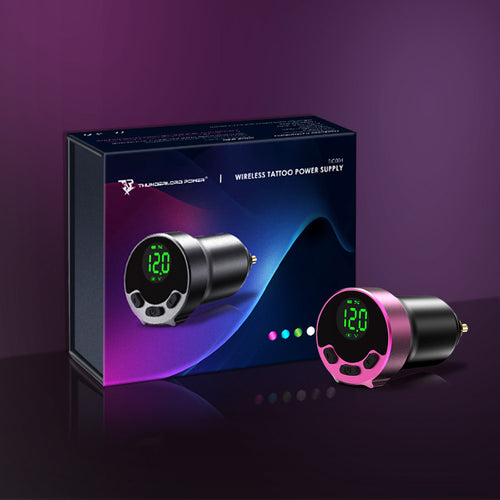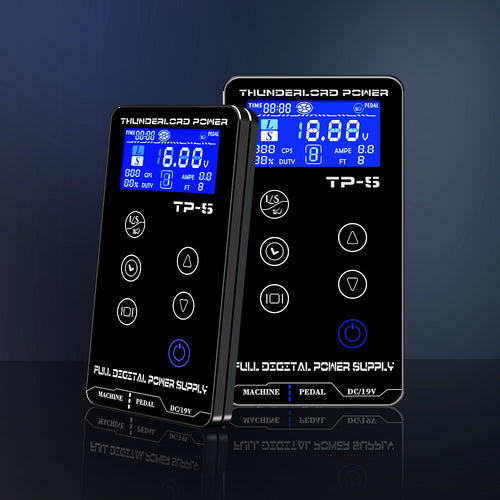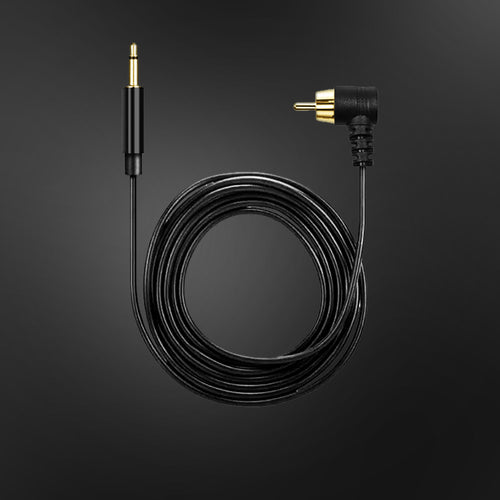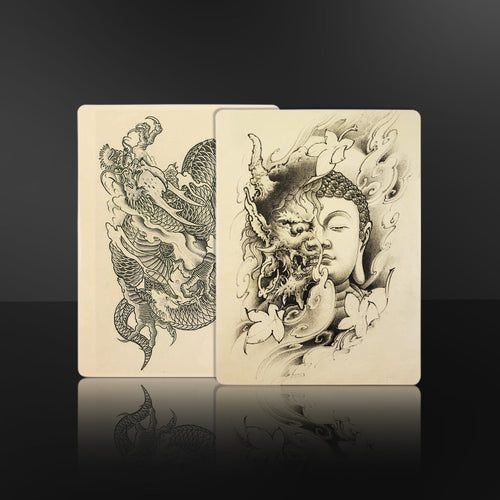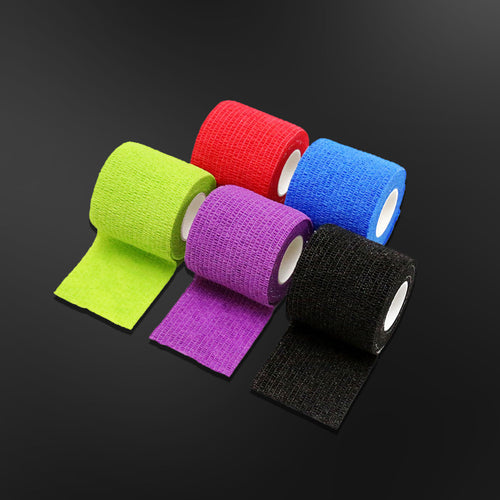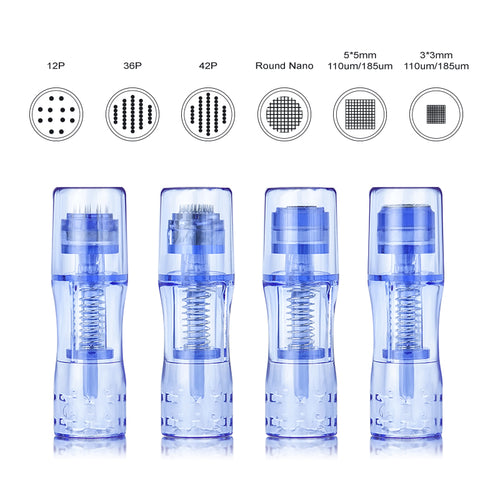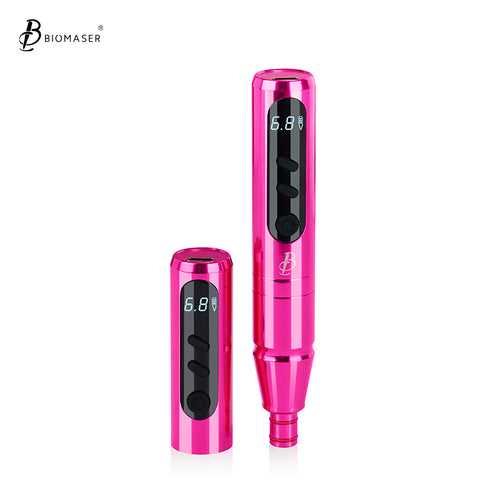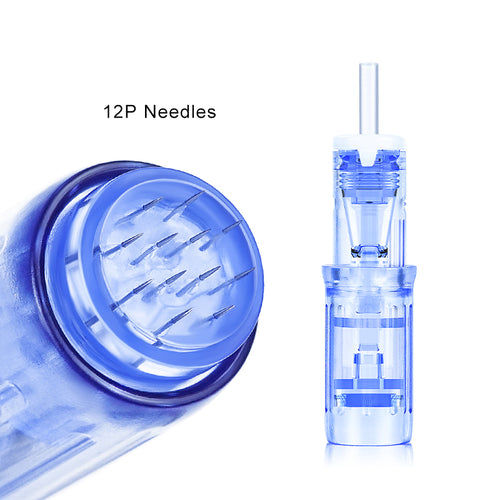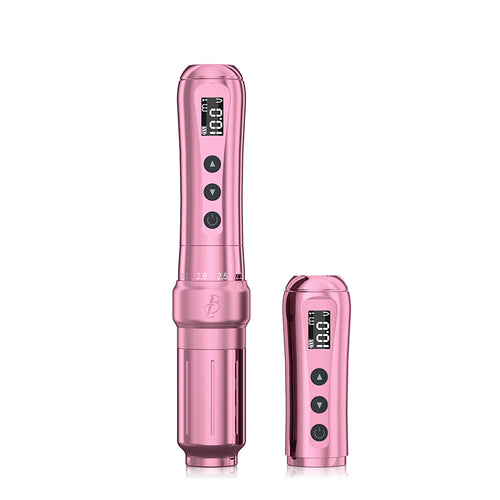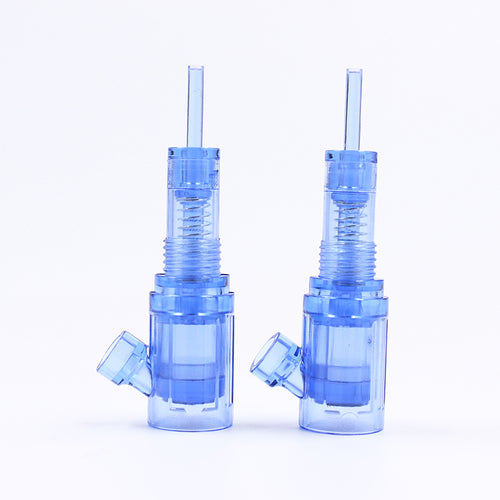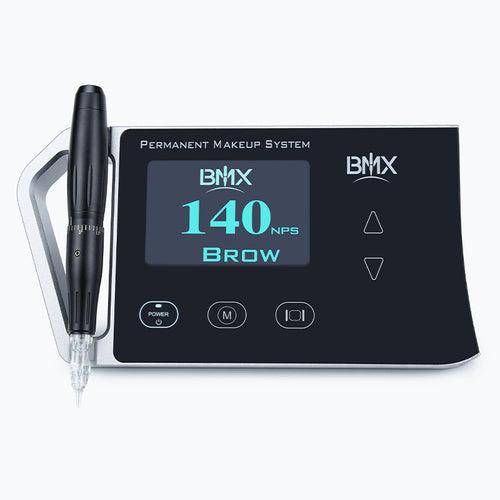2D vs. 3D Areola Tattoo: Key Differences Explained
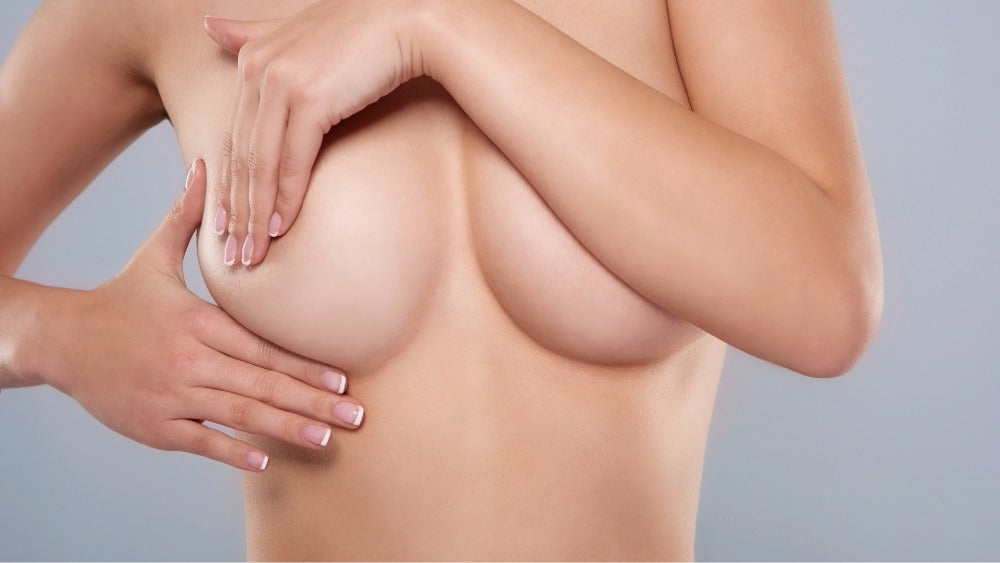
Key Takeaway
Both 2D and 3D areola tattoo procedures provide non-surgical means of reshaping or improving the appearance of your areolas. A 2D areola tattoo is suitable for a person who would wish to introduce color or shape on existing tissue, whereas a 3D areola tattoo is best suited to achieve a realistic, three-dimensional appearance where the area is flat. The right choice depends on your requirements, surgery history, and personal aspirations.
For many, tattooing the areolas is the finishing touch after breast surgery and allows them to feel complete and confident. Others also get tattoos done to look a certain way they've always wanted. The two main approaches are 2D and 3D tattoos. They both provide different results, so seeing how they compare will help you make the right choice for you.

What Is a 2D Areola Tattoo?
A 2D areola tattoo is a way to give your areola a fresh, even coat of color. The main goal is to create a solid, uniform look by improving the shape and adding pigment. It's less about creating a new feature from scratch and more about perfecting what is already there, resulting in a flat, colored design that blends beautifully with your skin.
How 2D Areola Tattoo Works
Skilled tattoo artists will work with you to custom-blend a pigment that perfectly matches your natural skin tone or your desired look. The artist then carefully applies this color to the areola, filling in any areas that have lost pigment or have uneven tones. This technique is especially good for camouflaging scars from surgery. The permanent makeup pigment helps the scar tissue blend in with the surrounding skin, making it much less noticeable. The final result is a clean, well-defined areola with a consistent color.
Who Is a Good Candidate for 2D Areola Tattoo?
A 2D tattoo could be the right choice for you if your situation sounds like this:
- You've had breast surgery like a lift, reduction, or augmentation, and you still have your areola but want to sharpen its borders or enrich its color.
- Your areolas have naturally faded over the years or due to hormonal changes, and you just want to bring back their original look.
- You have some light scarring around the areola that you'd prefer to cover up.
- You are happy with the projection of your nipple and don't need the illusion of a raised look.
4 Key Features of 2D Areola Tattoo
- Focuses on color and shape, not depth.
- Non-surgical with minimal downtime.
- Usually requires fewer sessions than 3D techniques.
- Can be used to blend scars or correct previous pigment loss.
What Is a 3D Areola Tattoo?
A 3D areola tattoo is a remarkable form of artistry that creates the look of a natural, protruding nipple on skin that is otherwise flat. This technique doesn't just add color, but also uses visual tricks to create a convincing illusion of depth and dimension. From a few feet away, it's nearly impossible to tell that the nipple isn't physically there. The result helps restore a natural look to the breast.
How 3D Areola Tattoo Works
The 3D effect of the tattoo is achieved by the artist's skill with light and shadow. Using a subtle range of color, the artist carefully layers different colors to match the natural color and texture of an areola. Darker shades will be applied to form shadow, creating the appearance of a raised nipple. They then apply lighter shades as highlights, mimicking the way light would fall on a real nipple. This combination of shadows and highlights fools the eye into perceiving a three-dimensional form.
Who Is a Good Candidate for 3D Areola Tattoo?
A 3D tattoo is an excellent option for several situations:
- You have had a mastectomy and now have a reconstructed breast mound but no nipple. A 3D tattoo can create the appearance of a brand-new areola and nipple.
- You want the most lifelike and convincing result possible, something that truly resembles a natural breast.
- For many, getting this tattoo is a final, empowering step after breast cancer treatment, helping them feel comfortable and complete in their own skin again.
- You prefer a non-surgical approach to nipple reconstruction.
4 Key Features of 3D Areola Tattoo
- Creates a realistic, three-dimensional effect.
- Uses multiple colors and shading for depth.
- Non-surgical and safe.
- Can be customized for size, color, and even unique designs.

2D vs. 3D Areola Tattoo: Key Differences
Which one you choose between a 2D and 3D areola tattoo relies on your needs, surgical history, and desired outcome. This clear comparison will help you make your choice.
| Feature | 2D Areola Tattoo | 3D Areola Tattoo |
| Main Purpose | Restore color/shape to existing areola/nipple | Create realistic illusion of nipple/areola |
| Technique | Flat color, basic shading | Advanced shading, highlights, multiple colors |
| Suitable For | People with some natural areola/nipple tissue | Flat surfaces, no natural areola/nipple |
| Aesthetic Result | Enhanced, natural look | Lifelike, three-dimensional illusion |
| Number of Sessions | Usually fewer | May require more for best results |
| Customization | Color, size, shape | Color, size, shape, texture, even artistic designs |
How to Choose Between 2D and 3D Areola Tattoo
Picking the right areola tattoo technique is a personal decision that depends on your body and the final look you want to achieve. To find your best fit, it helps to think about your specific situation and goals. Ask yourself these questions:
Do you still have a natural nipple or areola?
If yes, a 2D areola tattoo may be enough. It's perfect for adding back color, refining the shape, or covering up scars on existing tissue.
Is the area completely flat after surgery?
If your breast reconstruction resulted in a smooth, flat surface with no nipple, a 3D tattoo is likely the best option. It is specifically designed to create the illusion of a raised nipple where one doesn't exist.
What look are you going for?
Do you just want a soft wash of color and a defined border? A 2D tattoo does that beautifully. Or are you hoping for a highly realistic result that seems to pop off the skin? That's where a 3D tattoo shines.
The best step is always to schedule a consultation with a skilled areola tattoo artist. They can look at your skin, listen to what you want, and give you an honest recommendation to help you make a choice you'll feel confident about.
Practical Tips for Areola Tattoo Care
To get the beautiful, lasting result you want from your areola tattoo, taking care of it afterward is key. The healing process is simple, but it requires a little attention.
- Your artist will give you specific aftercare instructions—follow them closely. This usually involves gently cleaning the area and applying a special ointment for a week or two. You'll also need to avoid soaking in tubs or pools until it's fully healed to protect the fresh ink.
- Over the long term, be aware that tattoos can fade. Sun exposure is the biggest cause, so protecting the area with sunscreen is a smart habit. It's normal to need a touch-up every few years to boost the color and keep it looking vibrant.
- Finally, your results start with your artist. Choose someone who is certified and has a lot of experience with areola tattooing specifically. A skilled professional is your best guarantee for a safe procedure and an outcome you'll love.
Proper aftercare is essential not only for preserving the design but also for minimizing tattoo scarring.

Choosing the Right Areola Tattoo for You
Areola tattooing really can make an enormous amount of difference in the way you feel about yourself. Whether you want to use a 2D areola tattoo to create subtle coloring or a 3D areola tattoo to produce the effect of a realistic, lifelike nipple and areola, the right technique really can be confidence-boosting and allow you to feel complete once again. Always consult with a professional, experienced artist in order to achieve the best possible results.
Areola Tattoo FAQs
Q1: How long after surgery can I get an areola tattoo?
You'll need to wait until your skin and any scars are completely healed, which is typically at least 3 to 6 months after your final surgery. This patience allows the scar tissue to soften and settle, creating a better canvas for the artist and leading to a much better-looking final tattoo. Your surgeon can give you the final go-ahead.
Q2: Does areola tattooing hurt?
For most people, the sensation is very mild. Many clients have reduced feeling in that area after breast surgery, which naturally minimizes discomfort. Additionally, your tattoo artist will apply a strong topical numbing cream beforehand to make sure you are comfortable throughout the entire process. Most say it's far less intense than a regular tattoo.
Q3: How long does an areola tattoo last?
The tattoo is permanent, but like any tattoo, its color will gradually soften and lighten over many years. Things like sun exposure and your own body's skin cell turnover can affect how quickly it fades. A quick touch-up appointment every few years is a simple way to refresh the color and keep it looking its best.
Q4: Are areola tattoos covered by insurance?
In many situations, yes. The Women's Health and Cancer Rights Act of 1998 requires most insurance plans that cover mastectomies to also cover all stages of reconstruction, which includes areola tattooing. It is always a good idea to call your insurance company directly to confirm the details of your specific plan.
Q5: Is areola tattooing safe?
Yes, the procedure is very safe when performed by a certified professional in a sterile environment. A qualified artist will use new, single-use needles for every client and follow strict hygiene standards, similar to those in a medical clinic. Feel free to ask about their certifications and safety measures for your peace of mind.
